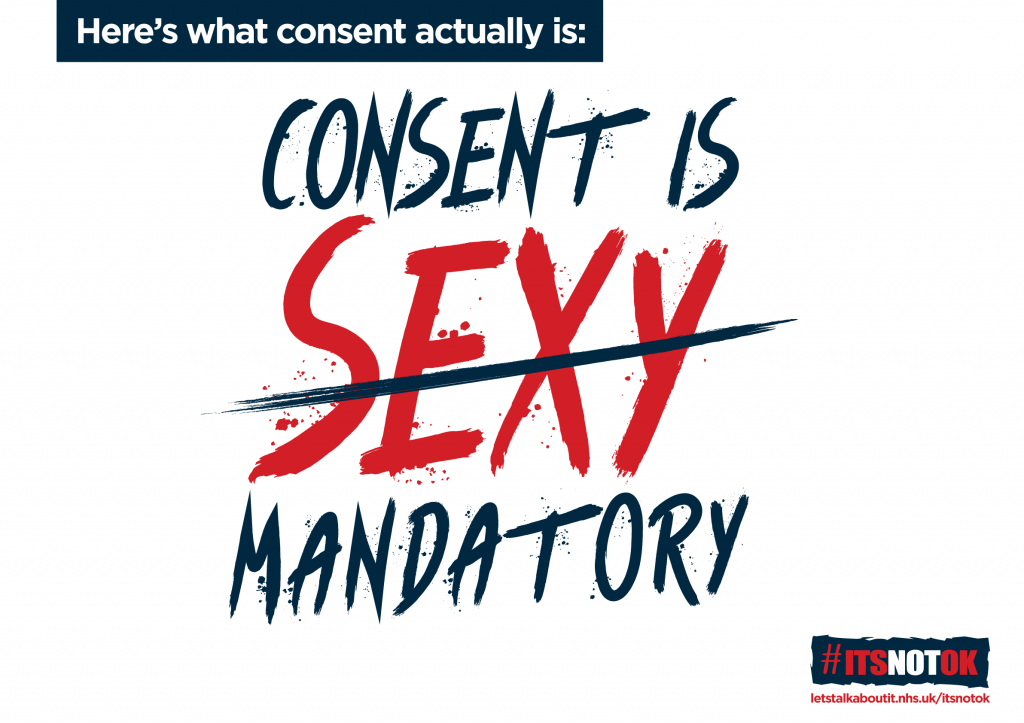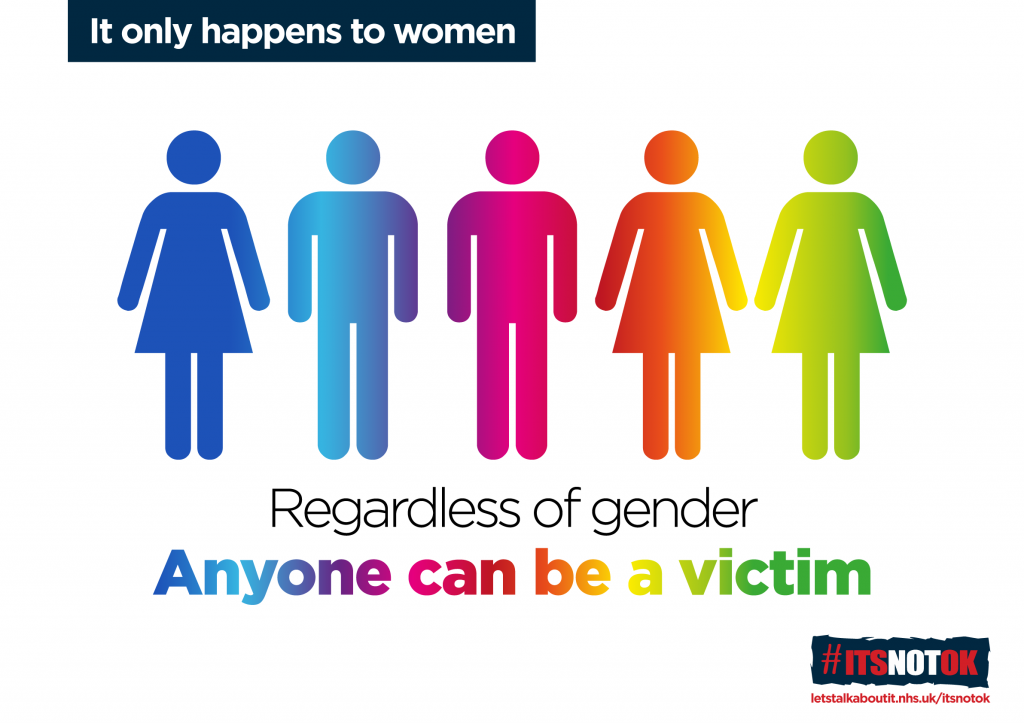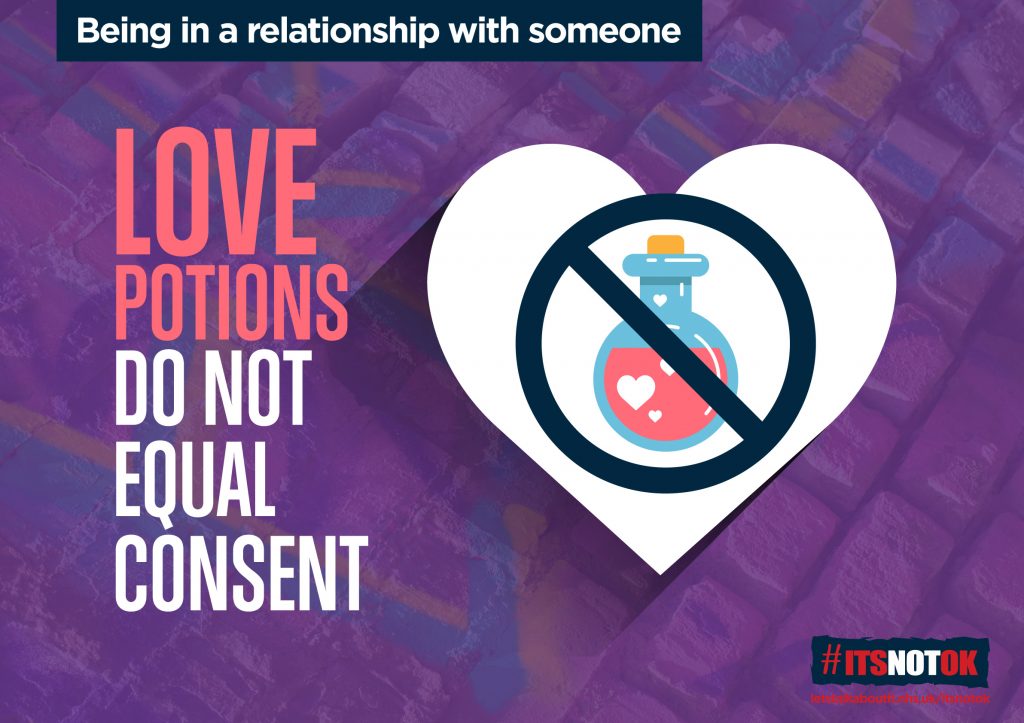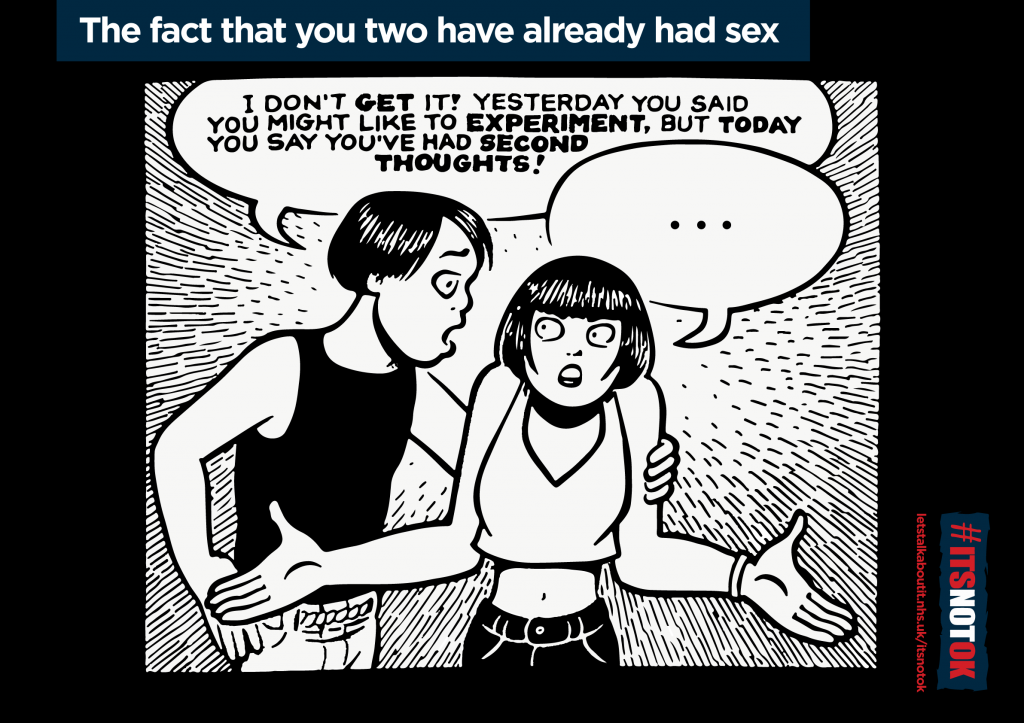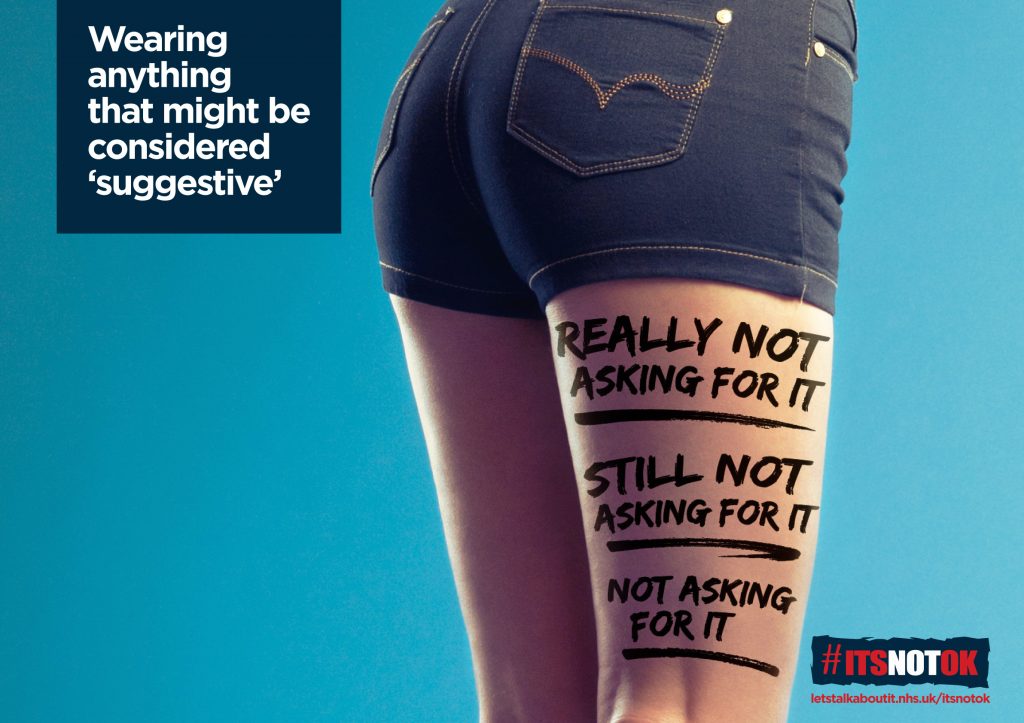Topic: Sexual Consent
Please be reminded that Safe4me is NOT a standalone resource; it is designed as a toolkit to support teachers to deliver information to pupils specific to the Law, Consequences and Personal Safety only.
The resources in this tool-kit are designed to be flexible and adaptable to meet individual needs, suitability and time; adaptable for KS3, KS4 and Post 16, they can be used in one or across multiple lessons.
There is vast range of valuable resources made available by a host of other organisations, providing advice and materials to support work relating to this topic; the link below gives access to a directory of useful resources.


